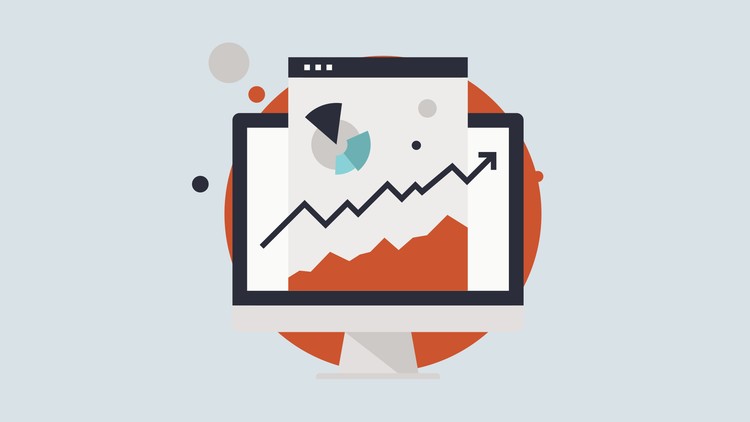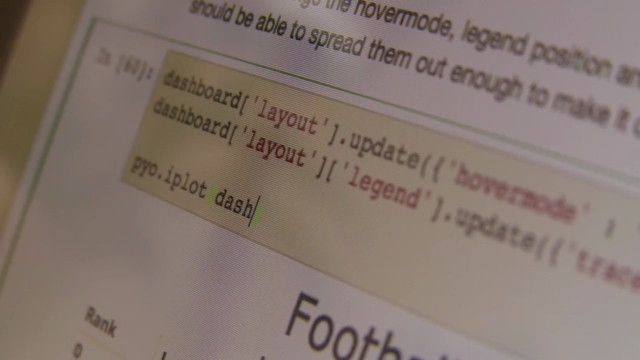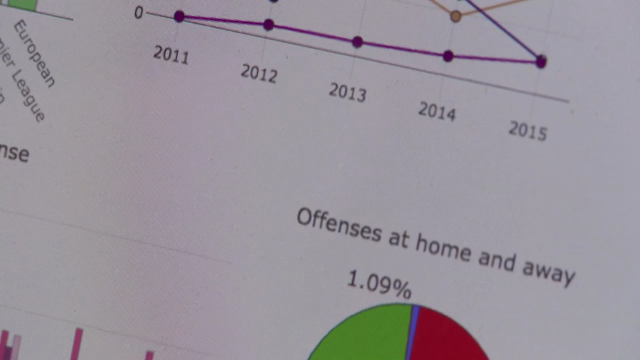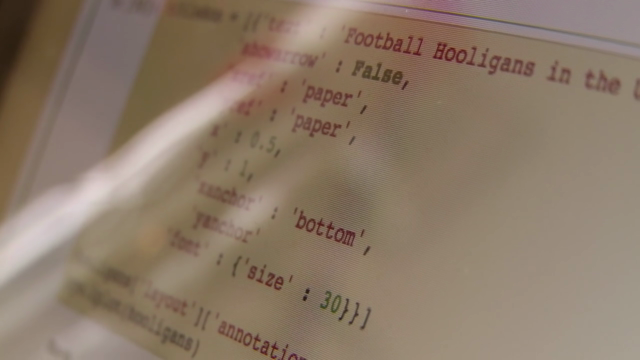Data Visualisation with Plotly and Python
Level up your data visualisation. Learn to create interactive charts and dashboards with Python and Plotly.
4.37 (324 reviews)

3,406
students
23 hours
content
Jul 2020
last update
$69.99
regular price
What you will learn
At the end of this course you'll be able to use Plotly to make interactive line plots, area plots and scatterplots.
You'll know how to make stacked and grouped bar charts, pie charts, donut charts and tables.
You'll also be able to bring together several different charts into a dashboard.
You'll have a working knowledge of the Python programming language, as well as an intermediate knowledge of the Pandas data analysis library.
Screenshots




Related Topics
863512
udemy ID
5/30/2016
course created date
11/24/2019
course indexed date
Bot
course submited by